Ruins. Exhibition. Trapani, Sicily, Italy.
Ruins
July 9 – 30, 2022. Private View: Friday July 8, 6-9pm
Curator Anda Klavina in cooperation with Magazzini Arte Contemporanea Gallery in Sicily is pleased to present Ruins, a group exhibition including works by Ilga Leimanis, Inga Meldere and Richard Magee.
The exhibition explores the different ways artists have utilised ruins as a symbolic device understand the now and to imagine the future. Connecting drawing, painting, prints and installations by emerging and established artists, the show seeks to understand why ruins – which can simultaneously evoke feelings of melancholy, awe and anxiety – continues to be a source of fascination for artists in their practice. Set on the backdrop of Sicily, - the land “close to the origins of civilization, according to Freud” the exhibition proposes to use the unsettling effect of ruins as a stimulus for questioning and imagining.
Artist Inga Meldere explores the dichotomy of truth and fiction in the phenomenon of ruins. Her site-specific installations are a careful, meticulous ‘restoration’ of a fictitious past. By retrieving mythological figures from medieval allegories on a wall of a wooden house in Riga or ‘discovering’ a piece of ‘fresco’ in the Helsinki parking lot she plays with the simulacrum quality of ruins, inviting her viewers to be more careful (gentle even) viewers. The imaginative and fluid quality of her ‘restorations’ conjures multiple story lines where ecology is more balanced, females have more agency, and history is fairer.
One could say that the young Irish painter Richard Magee is interested in the archeologization of the now. In his works, the most ordinary modern things often take on the appearance of ruins: WIFI icon looks like an ancient Inca sign, home utensils appear like retrieved artefacts casting doubts about their application, etc. By mixing visual elements from collective and private history he creates layers much like in the psyche and physical world where ‘historic’ events intertwine with current reality simultaneously and unpredictably. Layering also occurs by using such techniques as screen prints and painting on self-made paper. By using strange and deformed angles Richard estranges the usual and invites archeological research into the everyday and the contemporary.
Ilga Leimanis is concerned with the process of erasure: be it in her drawings and sketches or performative walking actions where ‘the line’ of footsteps is immediately ‘erased’. For her the deletion is a two-fold process: one can delete more than intendend, and then the restoration work is in place, or leave some traces of a the past exsistance of a mark. In the Ruins show the London based artist is looking at erasure in a context of women's invisible contribution to daily life and art history and Russia’s attempts to erase Ukraine from the political map. The artist uses traditionally feminine crafts of waving and embroidery as a form of resistance. By recycling her previous materials and weaving them into a fabric she creates a new matrix where ruins of memory act as amplifier of possibility.
Artists of the show use the process of ruinizification to express the difference or distance from the personally remembered past. They do not try to ‘enliven’ the past. On the contrary, they look at those aspects of ruins that are attached to possible futures. “History (like art) is inherently utopian. This is something that ties art to history,” Peter Osborne.
Programme:
July 7, 5-8pm. Performance walk with Ilga Leimanis to the ruins of Trapani tuna factory. Local colour pigment collection with Inga Meldere
July 8, 6-9pm. Opening of the show. Inga Meldere painting workshop during the opening
July 9, 6pm-00am. Opening party & artist’s presentations in Scopello, by invitation only
July 10, 1-9pm. Visit to art collector’s house in Favignana island, by invitation only
https://arterritory.com/lv/vizuala_maksla/aktuali/26290-nemiers_ka_celvedis_drupas_trapani


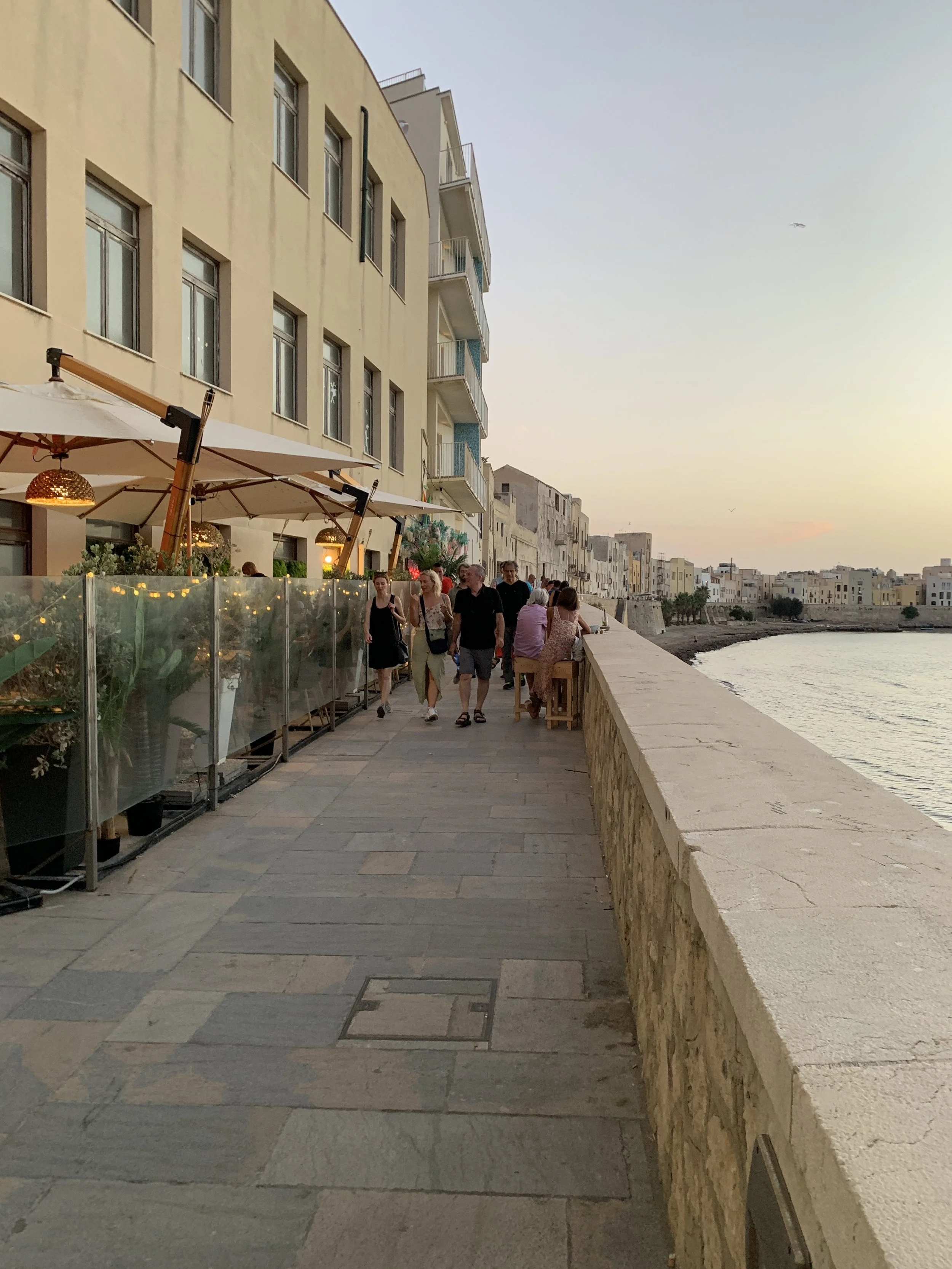
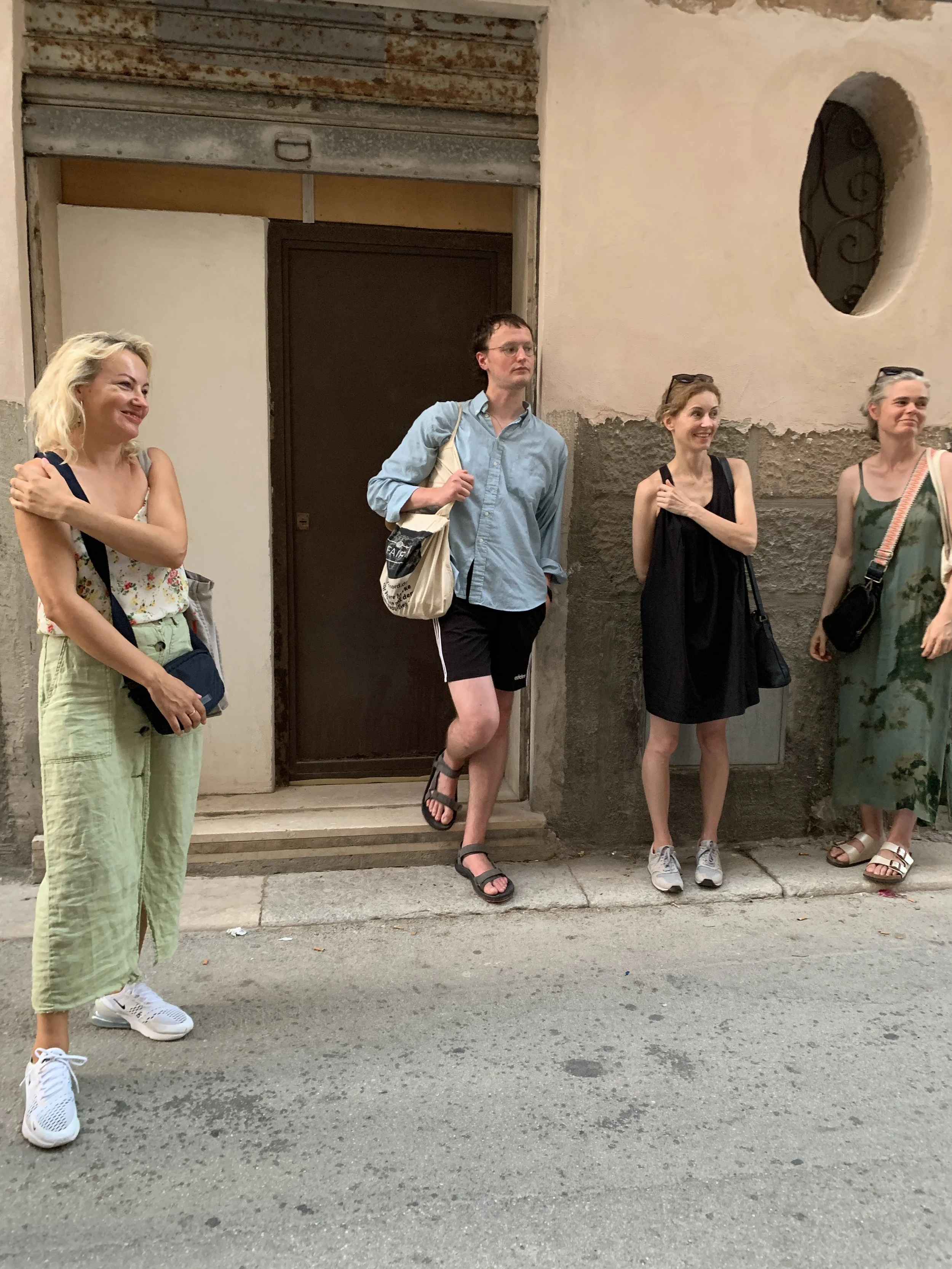
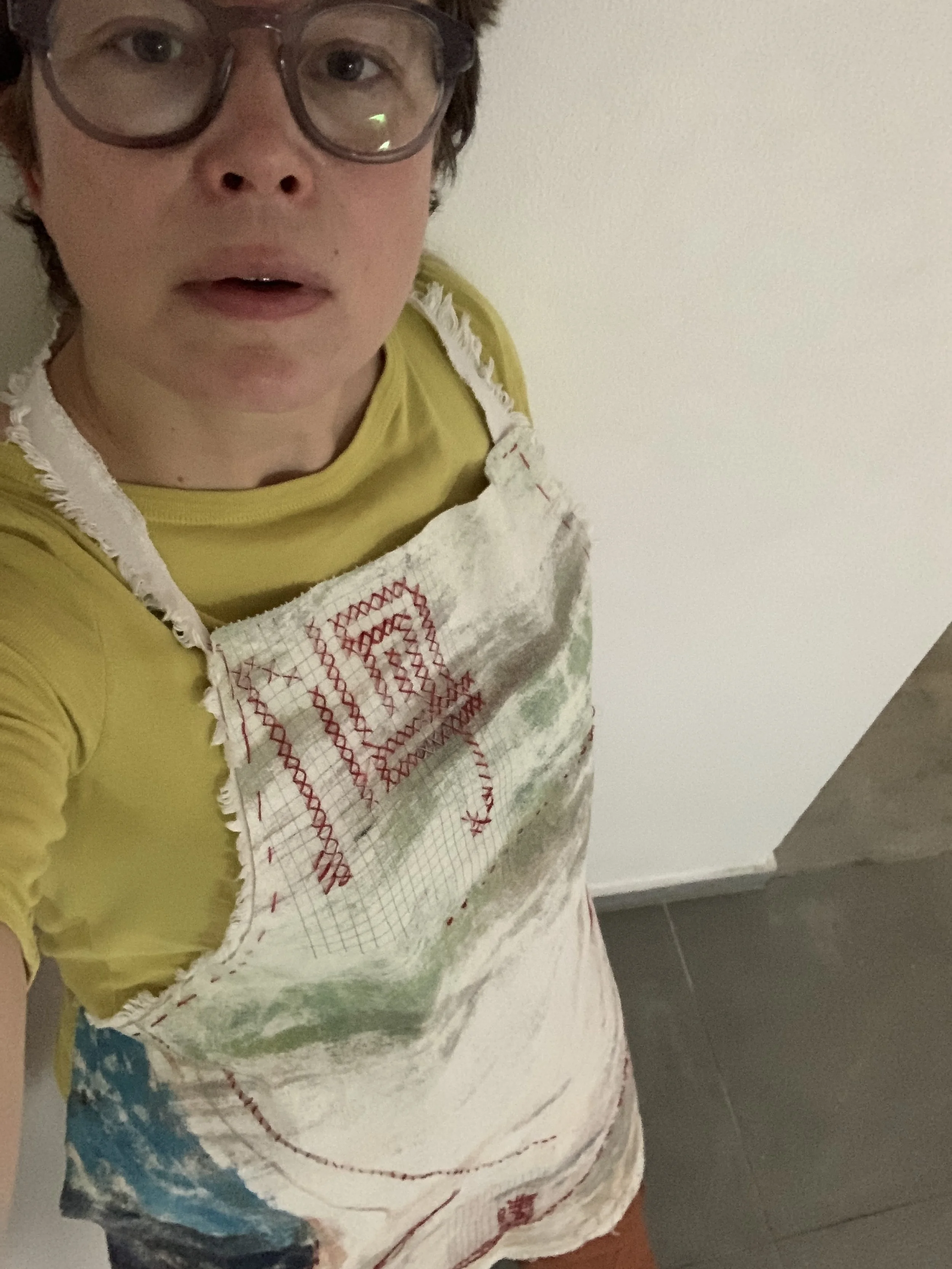
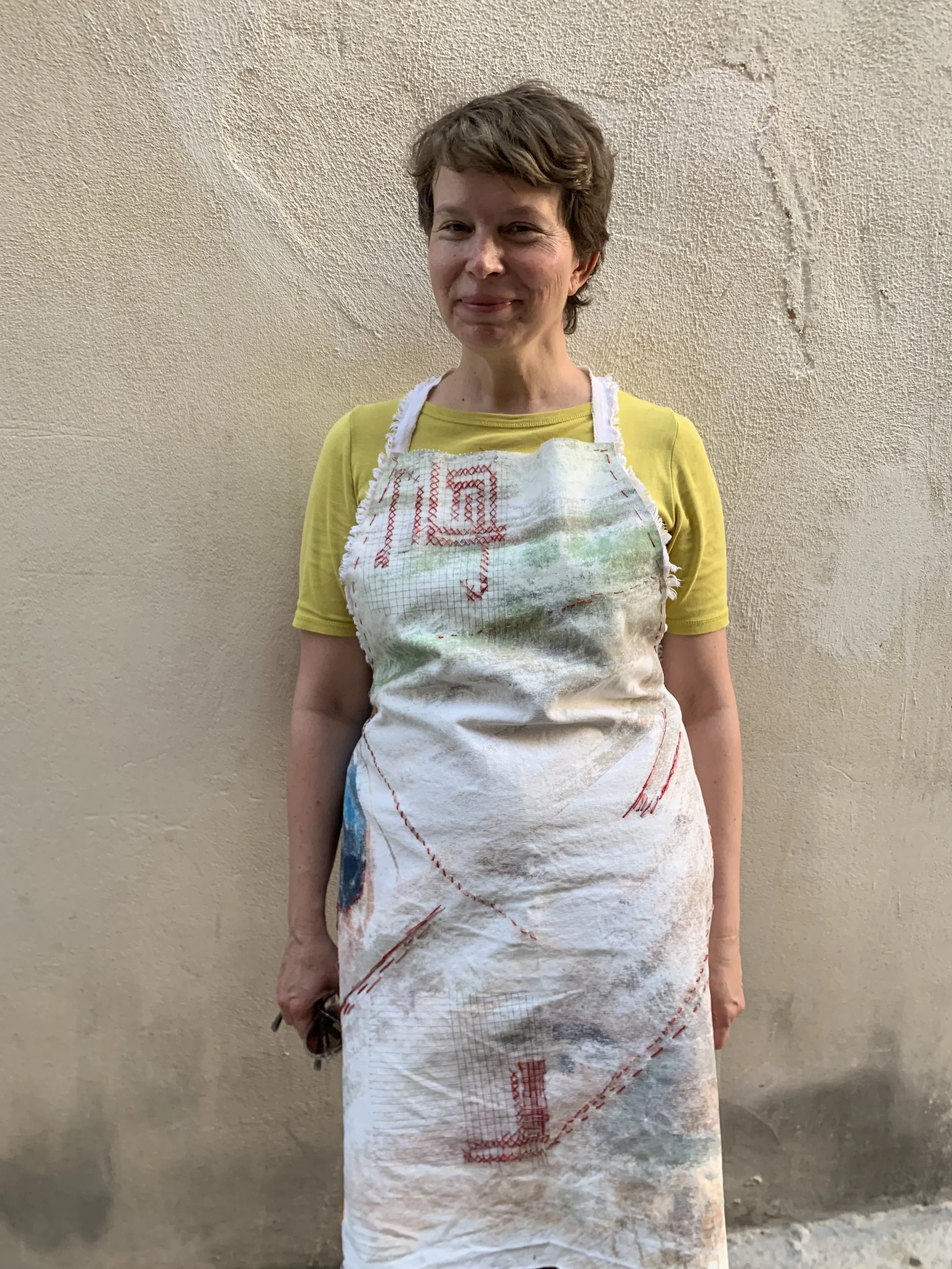

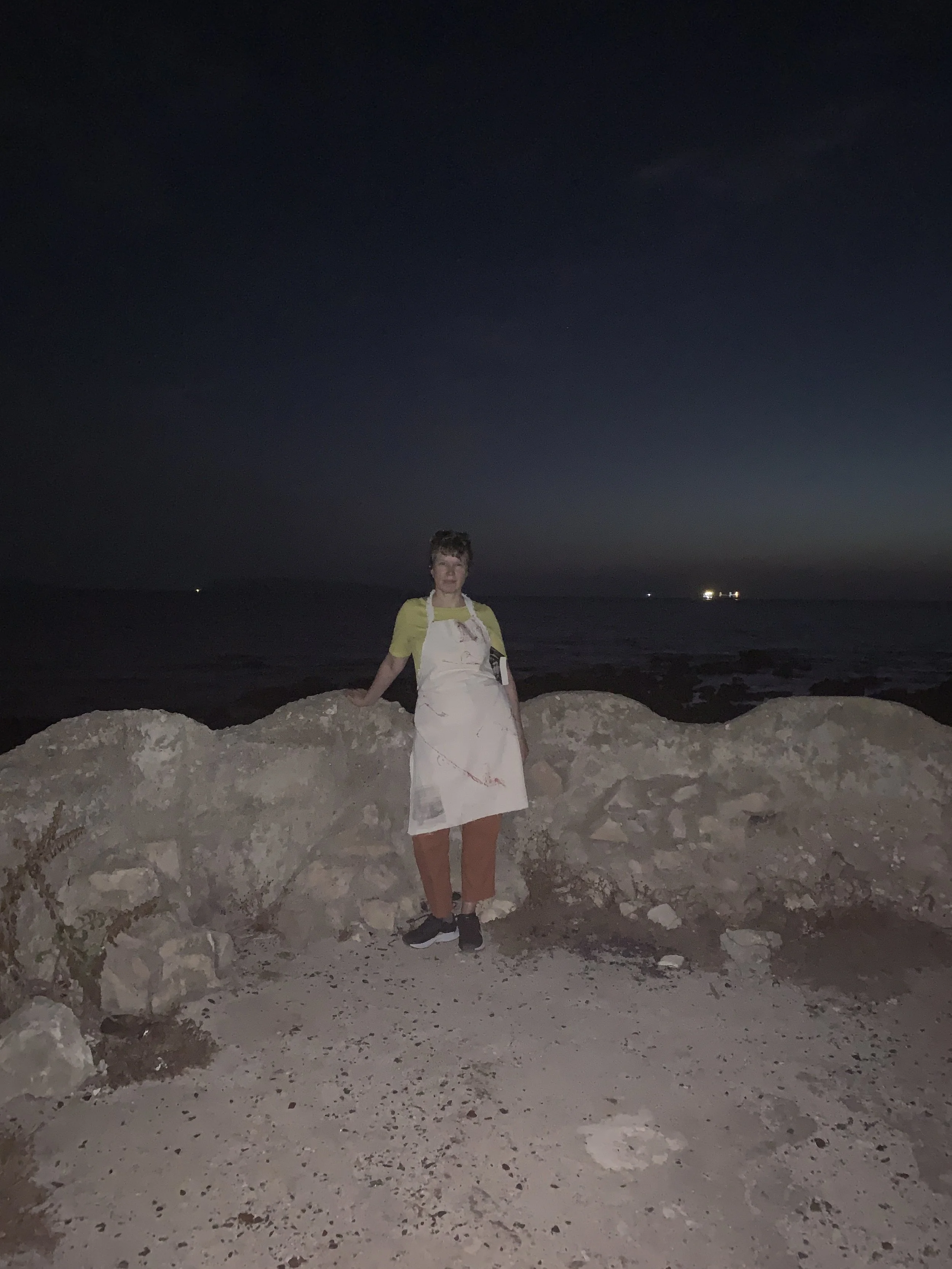
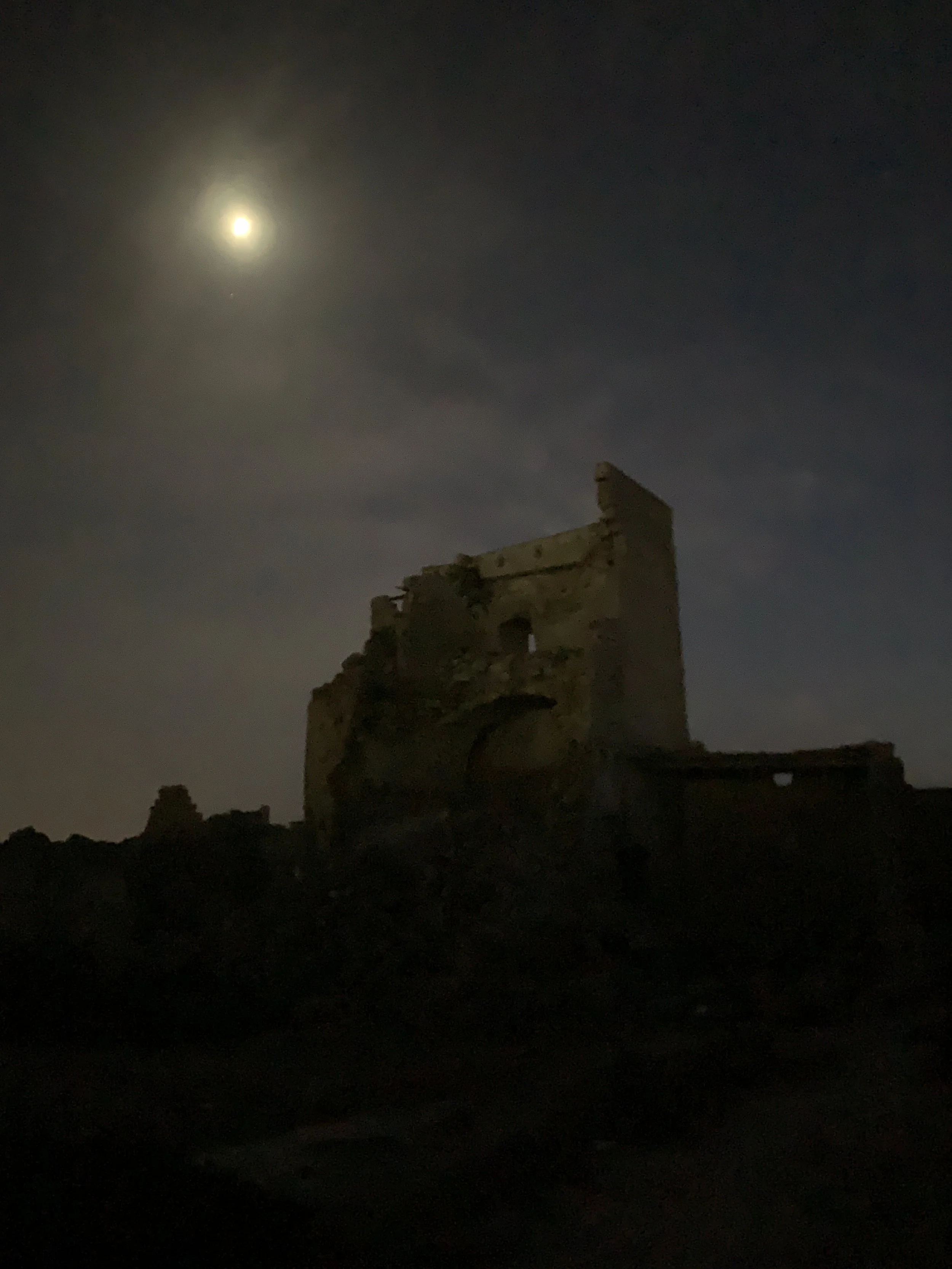
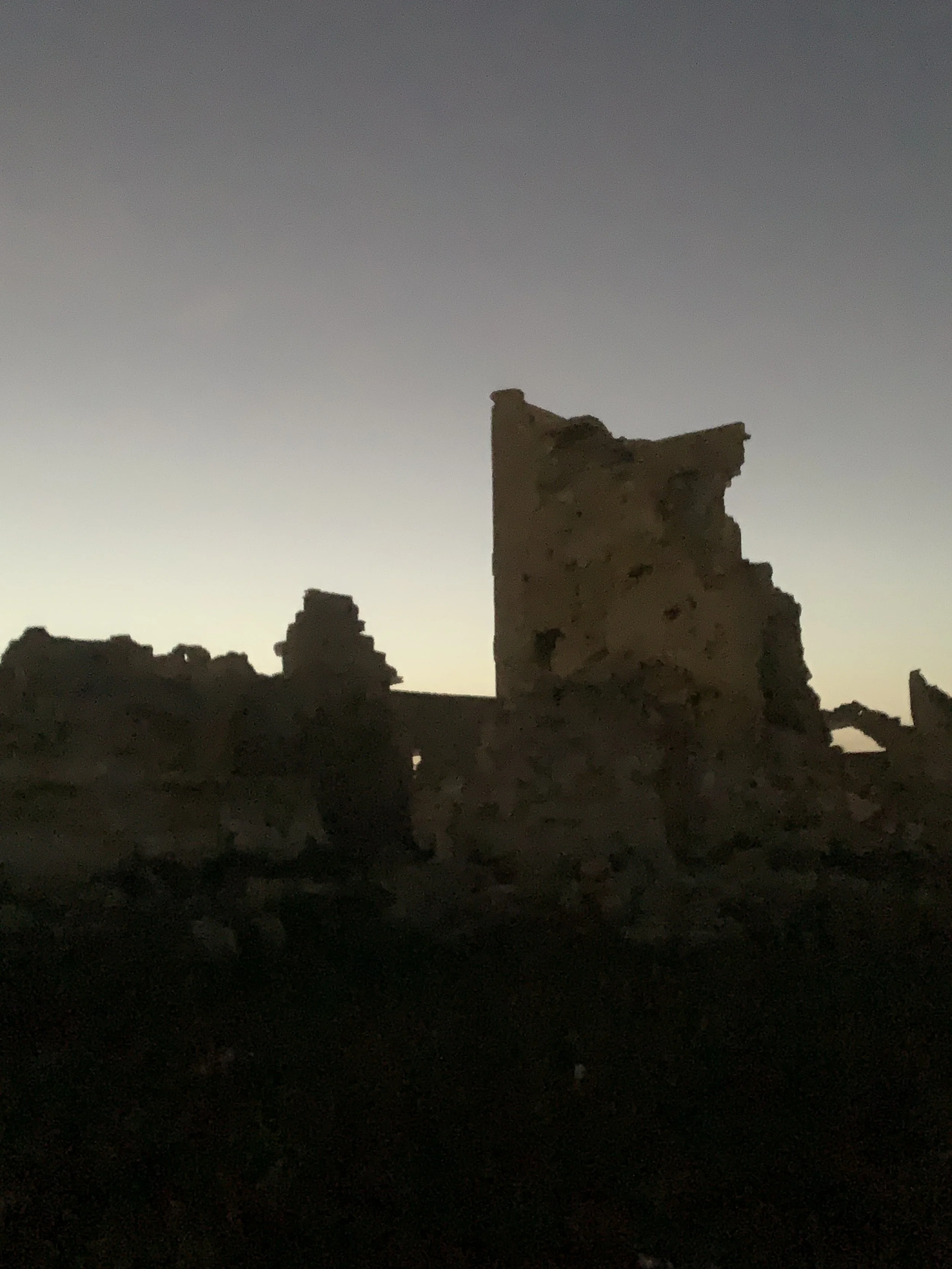
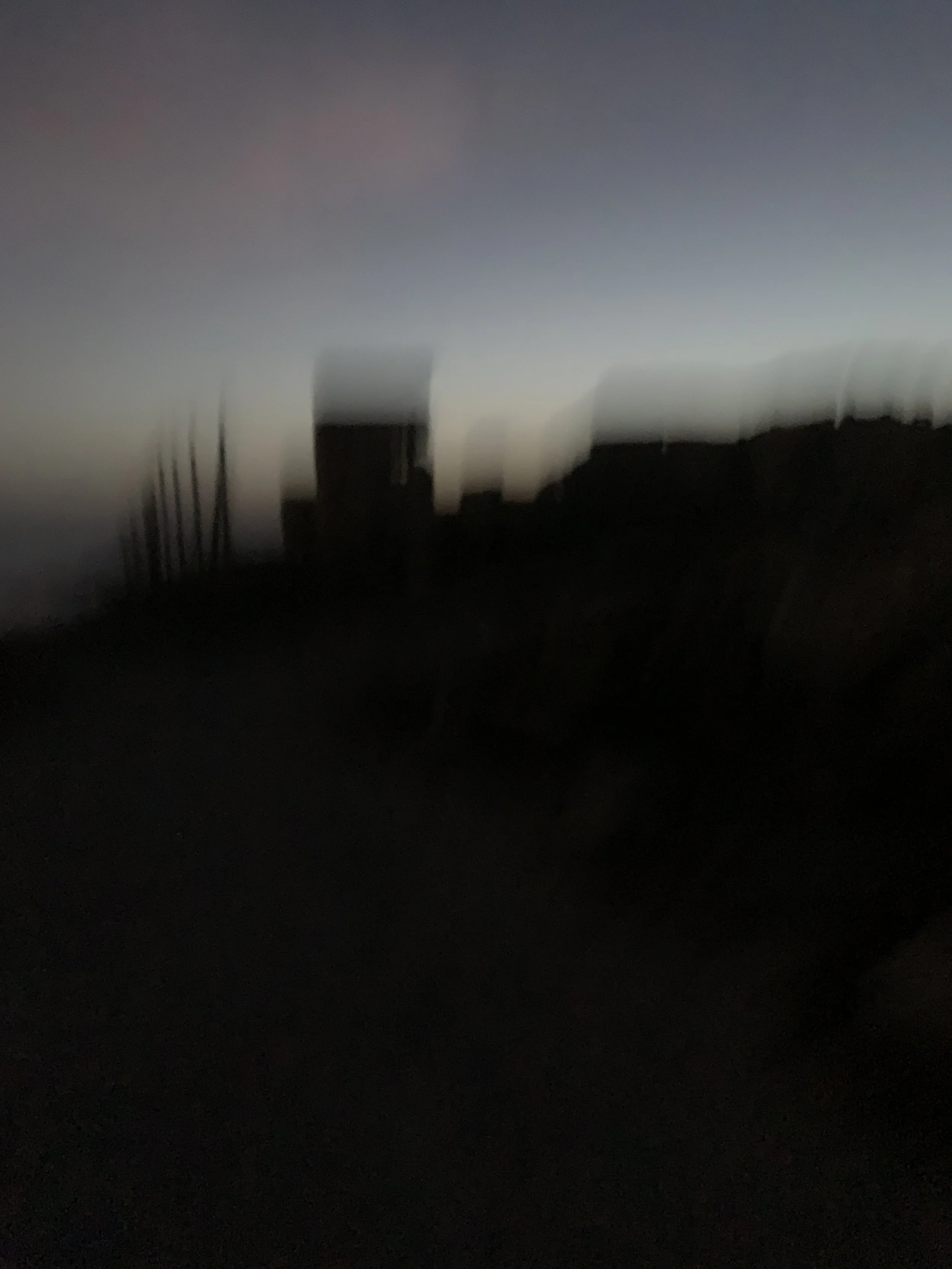
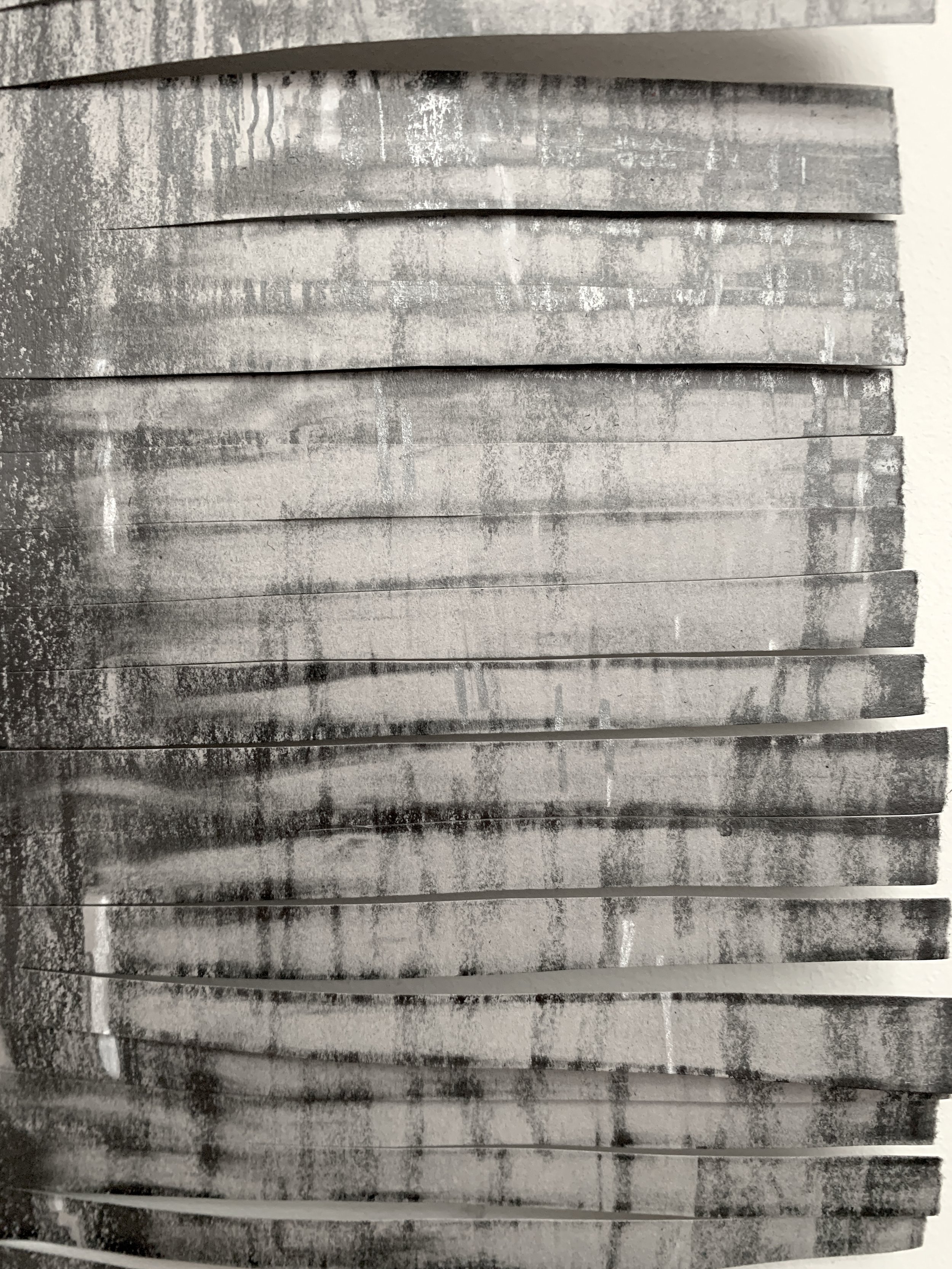
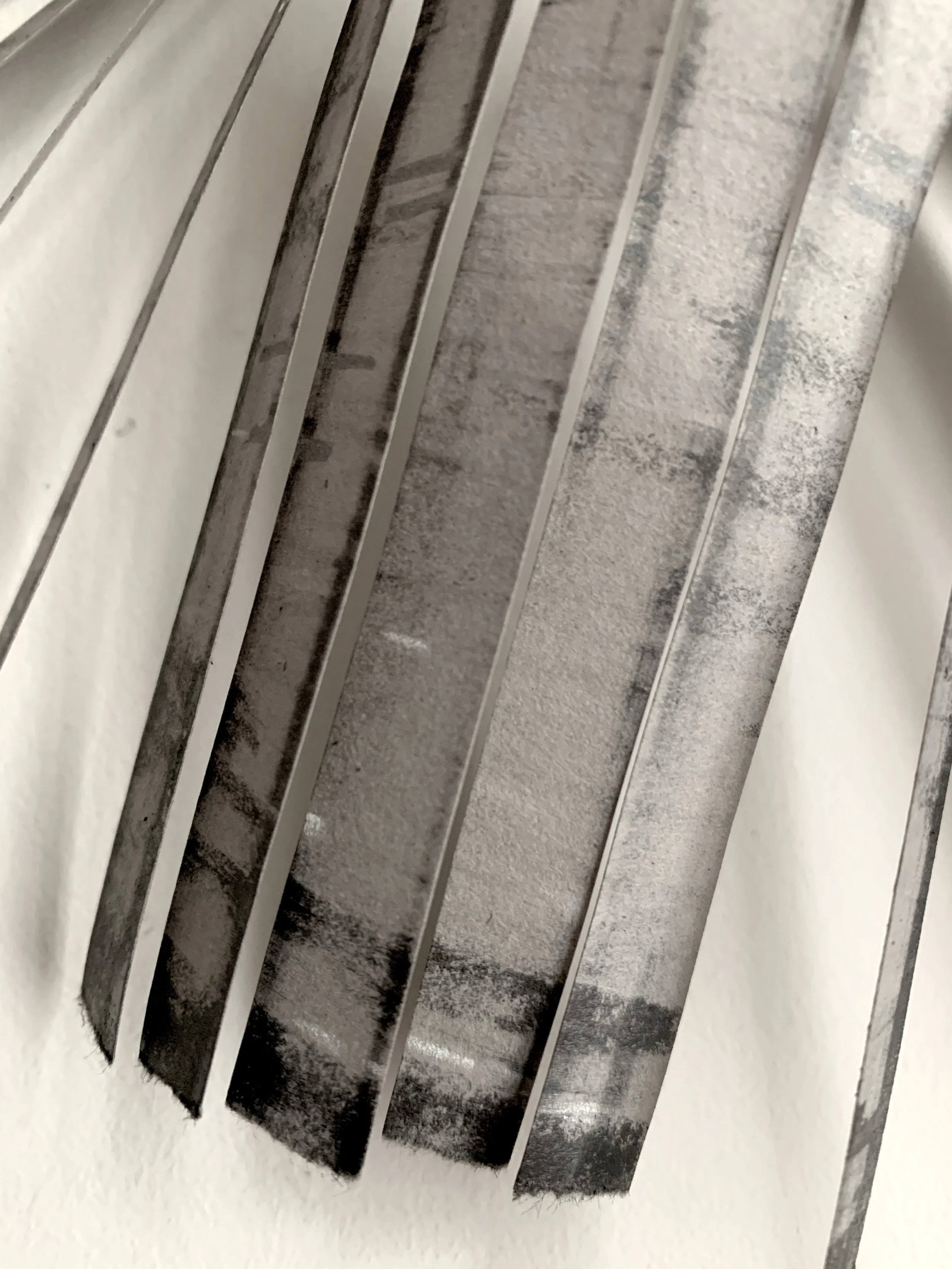

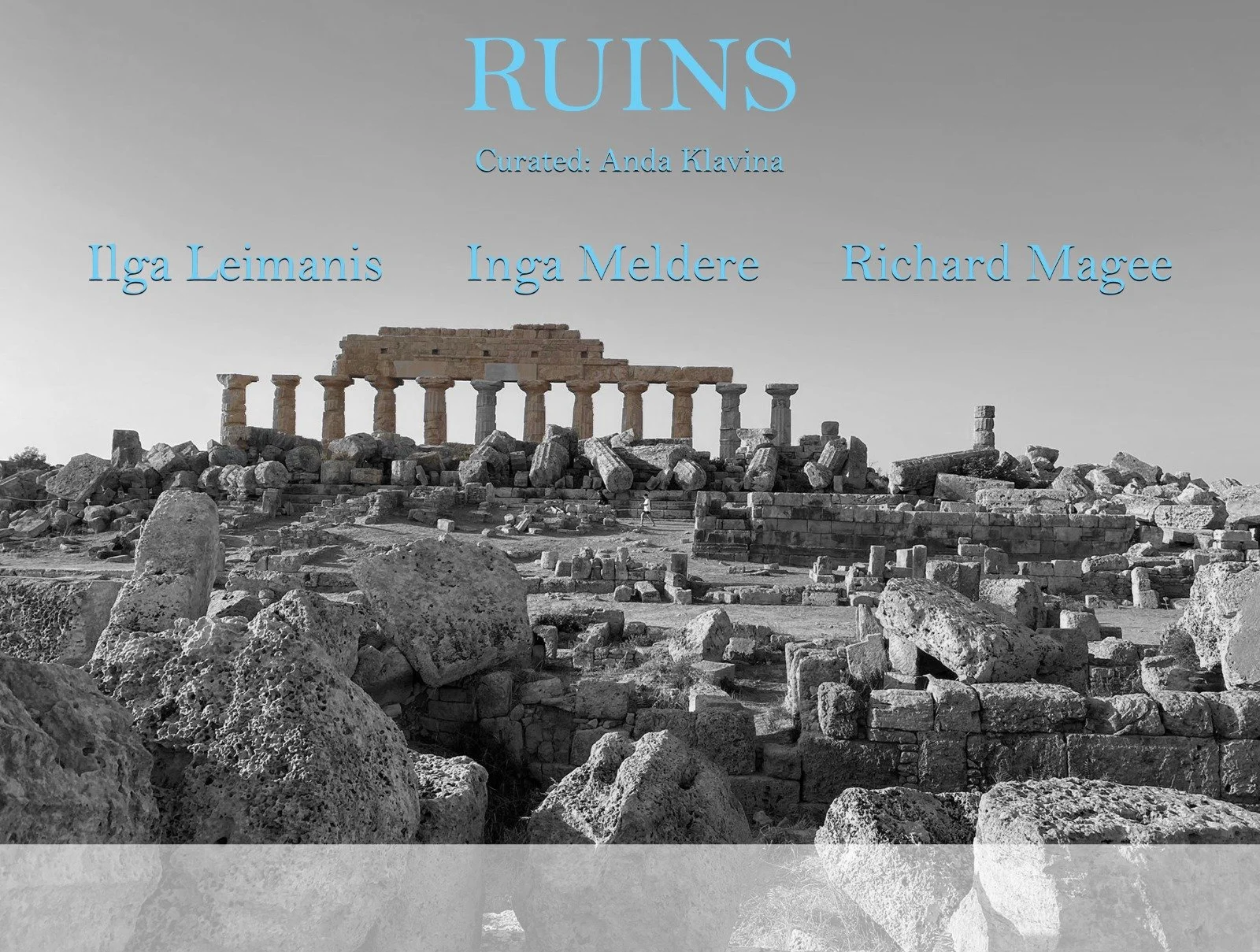



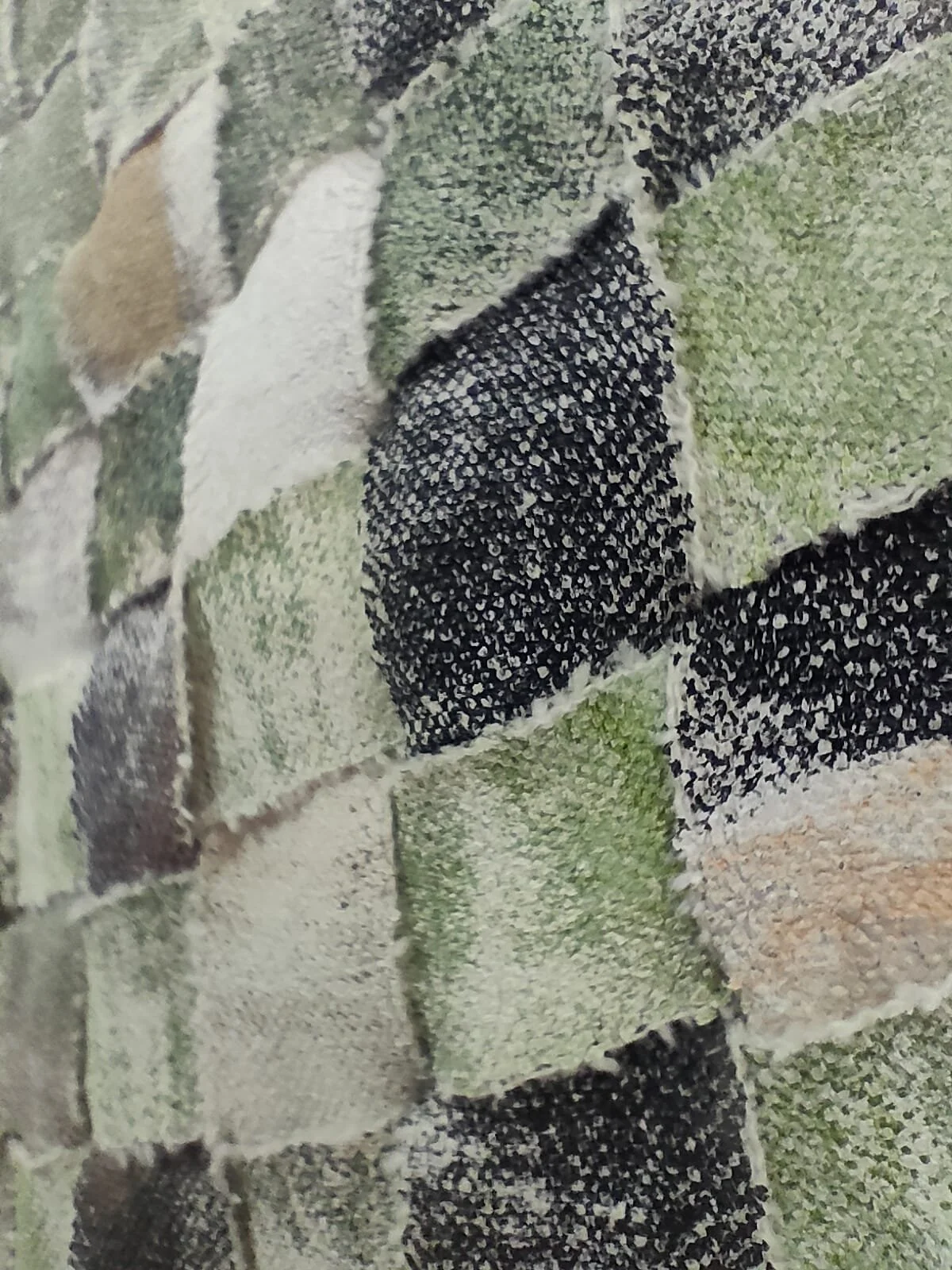

Ruins: Anxiety as a Guide by Anda Kļaviņa
For Freud ruins are uncanny (Das Unheimliche) because they reveal something that should remain hidden.
What attracts one’s attention when travelling around Sicily is the extent and variety of its ruins: besides ancient Greek amphitheatres and temples, there are remains of baglios (the typical farmhouses), tuna factories dating from the 18th century and even back to the Middle Ages, hospitals, churches, and the entire habitat destroyed by earthquakes, bunkers from the WWII, unfinished utopian architecture left to decay, and many more. More than anywhere else in Europe the authentic fragments of ruins cohabit here with the restorations of ruins and modern buildings. Even rubbish, so densely spread along the streets and roads, is a form of ruins. Add to this amount of undead past a “summer that is as long and tiring as Russian winter” and you get a very unsettled feeling that has bothered visitors from Goethe to Freud.
Ruins disorient us in time and space. They are present, while actually from the past. At first you try to “read them as an archaic language” as did Goethe, then carefully retrieve and restore them as did Freud in his psychoanalysis, but something in ruins resists the assimilation. That spooky, ghostly quality of ruins standing between the past and present, death and life, conscious and unconscious, expressed and sealed for eternity - it cannot be thought, it can only be sensed. As philosopher Dylan Trigg has observed it creates anxiety in us as rational beings. This anxiety however becomes a portal to the unknown, to the possibility, to the future.
Since the ruins don’t speak for themselves but invite an active deciphering on the viewers part, they have always been subject to an erroneous or purposeful misrepresentation. Artist Inga Meldere is in the dichotomy of truth and fiction in the phenomenon of ruins. Her site-specific installations are a careful, meticulous ‘restoration’ of a fictitious past. By retrieving mythological figures from Andes on a wall of a wooden house in Riga or ‘discovering’ a piece of ‘fresco’ in the Helsinki parking lot she plays with the simulacrum quality of ruins, inviting her viewers to be more careful (gentle even) viewers. The imaginative and fluid quality of her restorations conjures multiple story lines where ecology is more balanced, females have more agency, and history is more fair.
One could say that the young British painter Richard Magee is interested in the archeologization of the now. In his works, the most ordinary modern things often take on the appearance of ruins. WIFI icon looks like an ancient runic sign, home utensils appear like retrieved artefacts casting doubts about their application. By mixing them with the images from collective and private history he creates layers much like in the psyche and physical world where ‘historic’ events intertwine with current reality simultaneously and unpredictably. Layering also occurs by using such techniques as screen prints and painting on self-made paper. By using strange and deformed angles Richard estanges the usual and invites archeological research into the everyday and the contemporary.
Ilga Leimanis is concerned with the process of erasure: be it in her drawings and sketches or performative walking actions where ‘the line’ of footsteps is immediately ‘erased’ or remains in the digital format. In the Ruins show the London based artist is looking at erasure in different contexts: women's invisible contribution to daily life and art history as well as attempts of Russia to erase Ukraine from the political map. The artist uses traditionally feminine crafts of weaving and embroidery as a form of resistance. By recycling her previous materials and weaving them into a fabric she creates a new matrix where ruins of memory act as amplifier of possibility.
All artists of the show use the process of ruinization to express the difference or distance from the personally remembered past. “Contemporary art works are understood as the instruments of commemoration and are therefore valued; if not, they are reduced to memory or identified by it and associated with evidence.” Ruinization as an opposition to forgetting (memory).
Manoeuvring on the frontiers of the art media, the artists in the exhibition do not offer an easy and conciliatory position on either their subject matter or perceptive qualities of their artwork. There is something eerie and spooky, indeed, about the artwork of this show. Yet the in-between quality of the work feels natural given the fact that the lava of the collective unconscious here flows beneath one’s feet not too deep below.
For Freud Sicily held ‘childish memories’ – a deep connection to the origins of civilization and even the Oedipal complex. Maternal, feminine Sicily gave the maestro the impetus to reconcile the Other with deep-seated forbidden desires. Where else to seek wisdom and creative sources in the times of uncertainty and turmoil if not in such a fertile if also an unsettling place? Let the anxiety for a change be our guide.
Anda Klavina, The Ruins show curator May 2022
Literature:
Galvagno, Rosalba: Freud and Great Greece. Metamorphoses of the ‘exotic’ journey
between ancient and modern imaginary, 2011
file:///C:/Users/Home/Downloads/312-Article%20Text-830-1-10-20111127.pdf
Goethe, J.W.: Italian Journey, Penguin Books, 1962
Mackey, Jamie: The Invention of Sicily: A Mediterranean History, 2021
Osborne, Peter: Anywhere or Not at All: Philosophy of Contemporary Art, 2013
Royle, Nicolas: The Uncanny, 2003
Trigg, Dylan: The Psychoanalysis of Ruins, 2012 https://www.3ammagazine.com/3am/the-psychoanalysis-of-ruins/